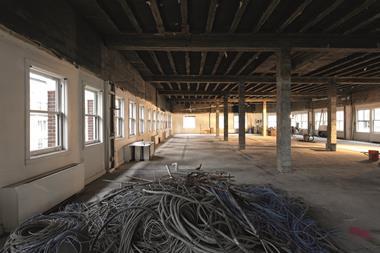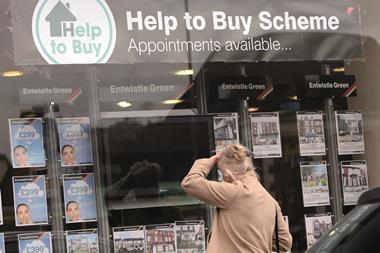There can’t be a proactive property firm or city council anywhere in the country that’s not currently debating placemaking strategies, whether as part of town regeneration, some giant mixed-use scheme or a cluster of office buildings in the next up-and-coming part of their town or city. But do they ever really work?

And, if they do, how long does it really take to create a ‘place’? How long will it take for Allied London’s Spinningfields, Co-operative and Hermes’ NOMA or Bruntwood’s Circle Square to really feel like destinations in their own right?
I believe places evolve best organically. Real places, such as Manchester’s Northern Quarter for instance, are borne from a spark of creativity, ignited by café and bar owners and local property developers who sense an opportunity, tinkered with along the way, of course, by some planners but ultimately shaped by those entrepreneurs and creatives who can predict or even influence customer demand. Over time these places become more commercial than was intended by the originators, but they still hold together as a cluster of like-minded souls with a vibrant sense of place. Shoreditch, Margate (really), Bristol’s Stokes Croft and Liverpool’s Baltic Triangle are, or are well on the way to being, places you really want to be in, to work, stay or play.
Reading ‘Welcome to the Jungle’ (11.03.16, p52), sat as I was in the midst of the optimism and wealth that is Mipim, I hadn’t a notion that a story about the clearing of the Jungle could in any way relate to placemaking.
Three thoughts soon unfolded in my mind as I read about the infamous migrant camp. First, what the hell is a story as compelling and insightful as this one doing in a property magazine? Second, is that mountain bike that the young Eritrean is sitting on mine? We were ‘relieved’ of our mountain bikes while stopping in Calais (from the carrier on the back of our campervan) last August. Third, who knew that since its humble beginnings in 1999 the Jungle had actually become a fully functioning place of its own, with a school, a shop, medical facilities, homes, cafés, street art, music and even a theatre. It might not have been a fun place to be - how can it be when you are in perpetual limbo? - but for many it felt like home, for a while at least. Home, but a home without dignity. Without basic sanitation. Without the most Western of essentials - good showers.
However transient, the Jungle had become a place with a soul. It is proof that if you put a group of like-minded people together and let them build the amenities they need, the result will be a fully functioning community. I would imagine that had we built the camp, it would have been much better in terms of providing a safe, clean environment but equally it would never have had the soul that it did – and few would have shed a tear at its demolition. The migrant crisis is far from over but, for now at least, the Jungle is no more. Housing people in shipping containers does not sound much better. It won’t be like Boxpark, that’s for sure. These people have lived through hell and we need to find a better way than this.
The lesson for placemakers is far less vital in human terms but inspirationally simple nonetheless. Let your occupiers shape the environment and don’t try to take off all the rough edges yourself. You cannot masterplan ‘community’. Community comes from within. Cluster like-minded businesses and residents and let them get on with shaping their place.
Colin Sinclair is director of workspace development at Bruntwood
Have your say
Got something to say about a recent story or big issue in property?
Get in touch via email (letters@PropertyWeek.com) or tweet us @PropertyWeek





























No comments yet